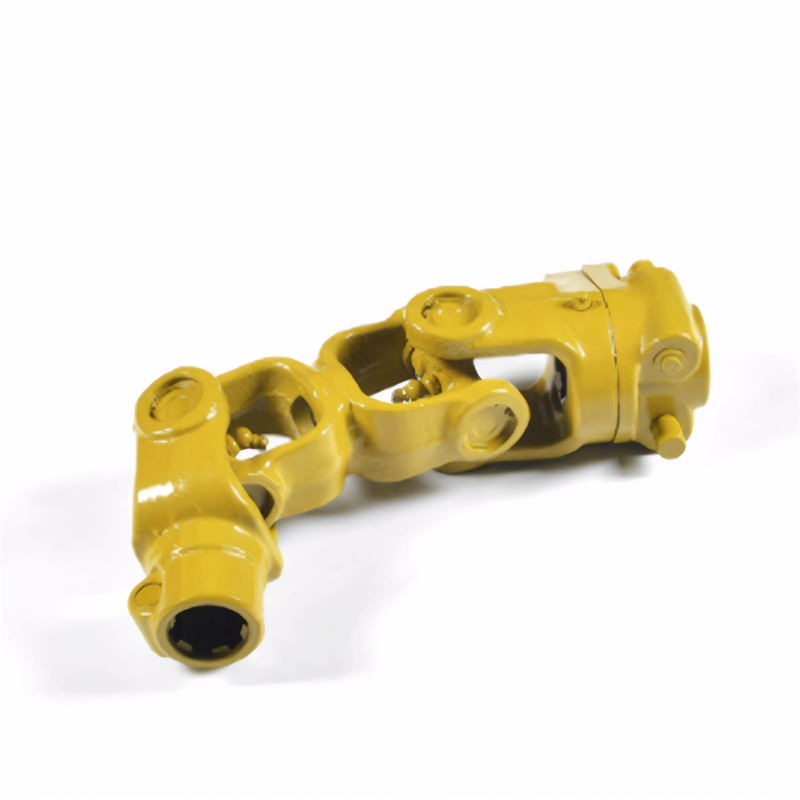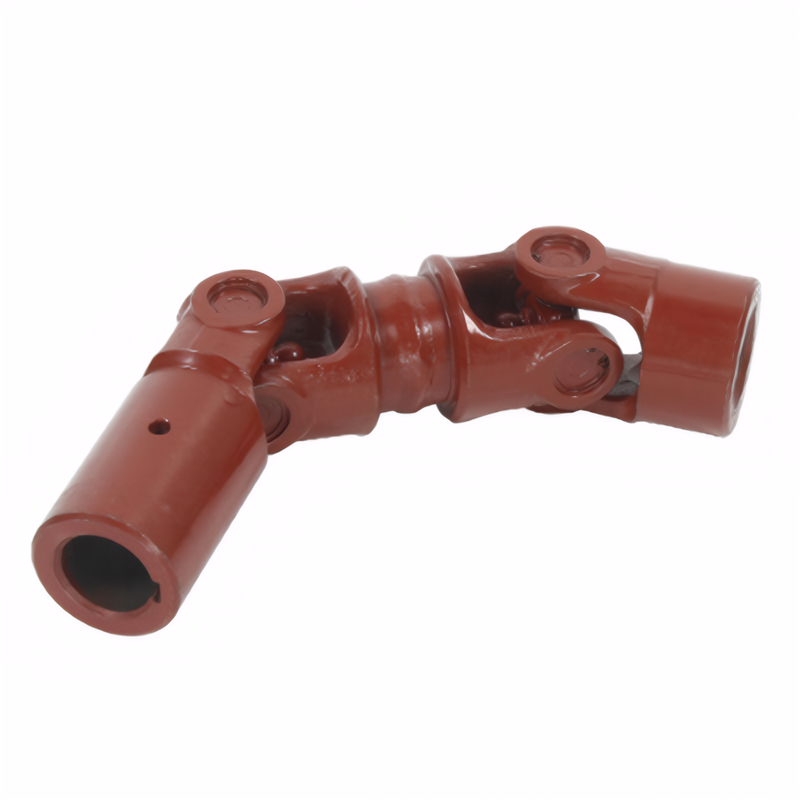The installation position of the balance block of the drive shaft
Drive Shaft Balancing Weight Placement: Key Considerations for Optimal Performance
Proper installation of balancing weights on a drive shaft is critical to minimizing vibrations, reducing wear on drivetrain components, and ensuring smooth vehicle operation. These weights counteract imbalances caused by manufacturing inconsistencies, wear, or damage, such as dents or bent sections. Understanding their correct placement requires knowledge of imbalance sources, weight types, and alignment with the drive shaft’s rotational axis. Below are essential guidelines for determining where to install balancing weights during maintenance or repair.
Identifying Imbalance Sources Along the Drive Shaft Length
Drive shaft imbalances often originate from uneven mass distribution, which can occur during manufacturing or develop over time due to wear. Common causes include imperfections in the shaft’s material, residual stress from welding, or damage from road debris. To pinpoint imbalance locations, technicians typically use dynamic balancing machines that spin the shaft at high speeds and measure vibrations. These tools identify heavy spots requiring counterweights and provide precise data on weight size and placement.
Visual inspection can also reveal clues, such as areas with paint chipping or wear marks from previous balancing attempts. Bent or dented sections disrupt rotational symmetry and are prime candidates for weight installation. Additionally, components like slip yokes or universal joints may contribute to imbalance if their masses are unevenly distributed relative to the shaft’s centerline. Accurately locating these sources ensures balancing weights address the root cause of vibrations.
Selecting Appropriate Balance Weight Types and Attachment Methods
Balancing weights for drive shafts come in various forms, including clip-on, welded, or adhesive-backed designs, each suited to specific applications. Clip-on weights are commonly used on steel shafts with grooves or channels, allowing easy installation and adjustment without permanent modification. Welded weights, typically made of steel or lead, provide a permanent solution for high-vibration environments but require precision welding to avoid altering the shaft’s balance. Adhesive weights are ideal for aluminum or composite shafts where drilling or welding is impractical, though they may detach under extreme heat or vibration.
The choice of weight type depends on the shaft’s material, operating conditions, and accessibility. For example, clip-on weights are preferred for routine maintenance, while welded weights may be used in racing applications where durability is paramount. Regardless of type, weights must be securely attached to prevent detachment during operation, which could cause catastrophic imbalance and drivetrain failure.
Positioning Weights Relative to the Drive Shaft’s Rotational Axis
Balancing weights must be placed at specific angular positions along the drive shaft’s circumference to counteract imbalances effectively. Dynamic balancing machines calculate the exact angle and radial distance from the shaft’s centerline where weights should be installed. Typically, weights are positioned 180 degrees opposite the heavy spot to create equilibrium, though complex imbalances may require multiple weights at varying angles.
For two-piece drive shafts, balancing is performed on each segment independently, with weights placed near the center support bearing or slip yoke to minimize vibrations transmitted to the vehicle. On single-piece shafts, weights are often concentrated near the midpoint or ends, depending on the imbalance’s location. It’s crucial to avoid clustering weights in one area, as this can create secondary imbalances. After installation, the shaft should be re-balanced to confirm the weights’ effectiveness and adjust as needed.
Proper placement of drive shaft balancing weights hinges on identifying imbalance sources, selecting suitable weight types, and aligning them with the shaft’s rotational axis. Imbalances stemming from manufacturing flaws or damage require precise measurement tools to locate heavy spots accurately. Weight types like clip-on, welded, or adhesive designs offer flexibility based on material and application, while secure attachment ensures longevity. Angular positioning, often determined by dynamic balancing machines, ensures weights counteract imbalances without introducing new ones. By following these principles, technicians can eliminate vibrations, protect drivetrain components, and enhance vehicle comfort and reliability.
 Accuracy requirements for the
Accuracy requirements for the
 Selection of universal joint t
Selection of universal joint t
 Standard for coaxiality error
Standard for coaxiality error
 Requirements for the surface r
Requirements for the surface r
 简体中文
简体中文 English
English
